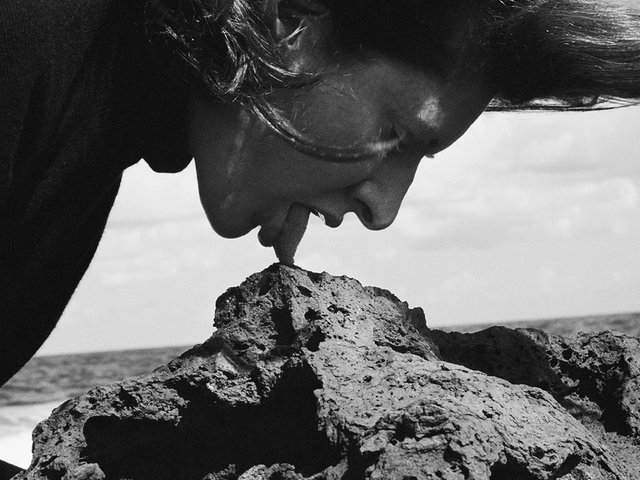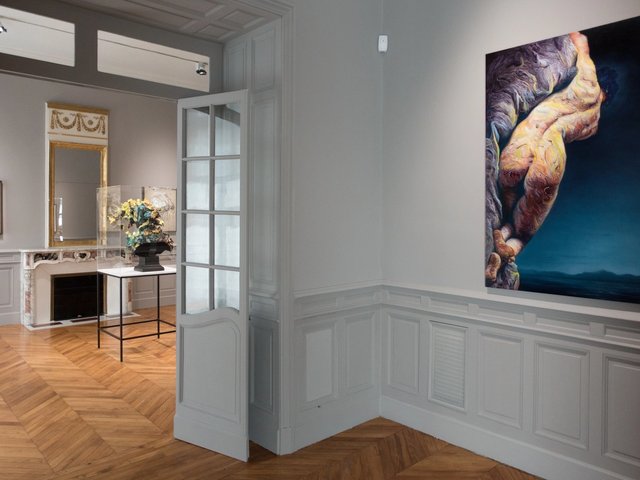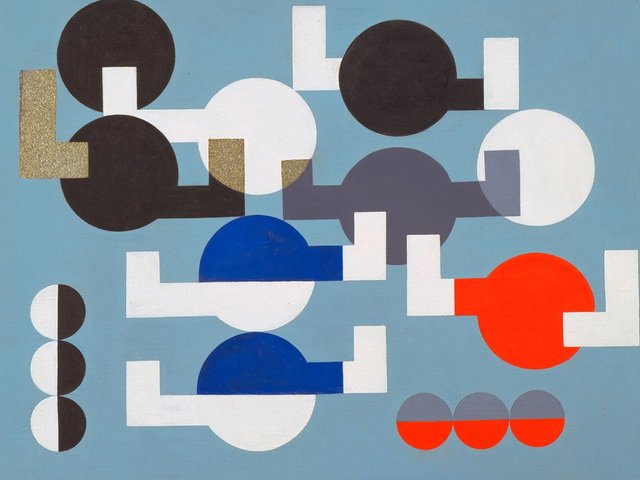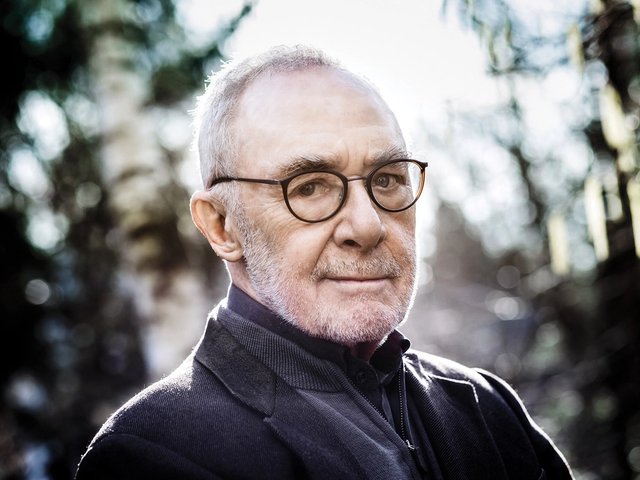French drawings and prints are stealing the show in Russia this spring. After the Pushkin’s exhibition of French drawings from Vienna’s Albertina Museum (17 November 2014-15 February), the Moscow-based In Artibus Foundation is unveiling a show of etchings by the French master Jacques Callot (28 May-23 August). The bulk of the 70 works on show were once also in the Albertina's collection.
Jacques Callot (1592/93-1635), one of the greatest draughtsmen in the history French art, was in demand in his lifetime. He served as a court painter to the Medici family and was commissioned by royalty including Louis XIII and Henry II, Duke of Lorraine. Callot travelled widely, which allowed him to act as a reporter. Through the technique of etching, which he perfected, the artist charted everyday life in far-flung cities and documented historically significant events that he witnessed. He liked the grotesque: his characters are as quirky as the 17th century itself—the era of the Baroque and late Mannerism.
The exhibition features pieces from different periods: grimacing commedia dell’arte figures from his series Dances of Sfessania (1621), solders of the Thirty Years’ War from his Miseries of War (1632-1633), saints from Great Passions (1623) and Little Passions (1624). But the show does not focus on Callot alone. Works by Joos de Momper, Rembrandt, Giovanni Battista Piranesi, Jacques-Louis David, Théodore Géricault, Honoré Daumier, who were either directly inspired by Callot’s works or employed his technical innovations—among others, Callot developed a new type of etching needle. Ernst Theodor Amadeus Hoffmann, a writer and composer who dedicated an essay to Callot, will also be included in the show.





